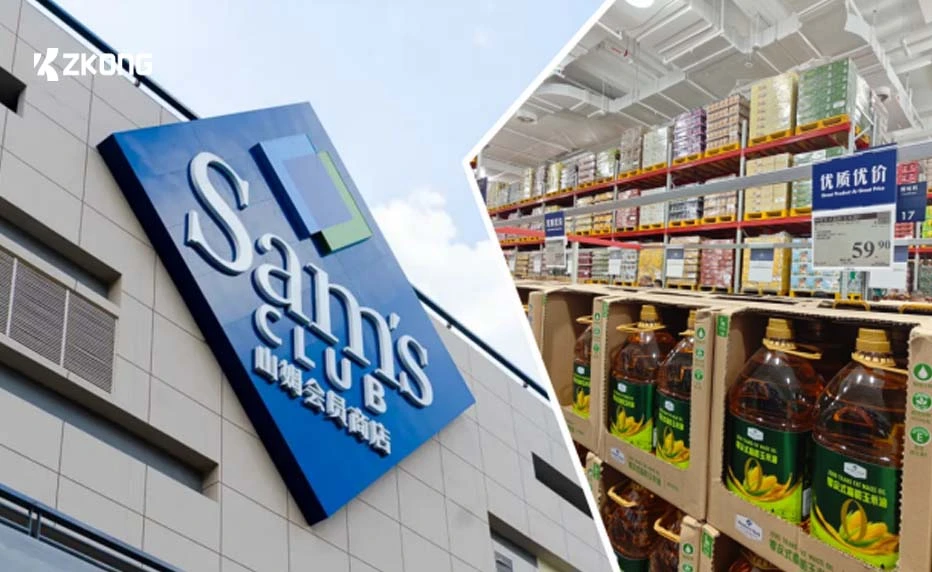With the rapid development of technology, the retail industry is actively exploring innovative approaches to better attract customers, improve operational efficiency, and deliver an exceptional shopping experience. Among these advancements, the electronic price tag stands out due to its unique functions and promising potential. It is increasingly regarded as a transformative technology that could lead the next wave of retail innovation. This article delves into the core functionalities of electronic price tags and their profound impact on the retail industry.
Compared to traditional paper price tags that only display basic pricing, electronic price tags can provide a wealth of detailed product information. This includes price, place of origin, product grade, inventory status, promotional indicators, barcodes, and interactive QR codes. By offering more comprehensive data, such as product origin and stock levels, electronic price tags empower consumers to make more informed purchasing decisions.

Paper price tags are often prone to misplacement or detachment, causing inconvenience for shoppers. In contrast, electronic price tags are securely mounted on shelves, significantly reducing the chances of misalignment or falling off. Their firm installation and built-in data verification functions help ensure accurate price-to-product matching, thereby enhancing the overall shopping experience and reducing friction during the purchasing process.
Promotions are a vital tool for attracting customers in retail settings. However, promotional messages may sometimes go unnoticed or fail to achieve the desired impact. The built-in LED lights on electronic labels provide an effective solution. These lights draw customers' attention, increasing the visibility and appeal of promotional activities.
Electronic price labels can be individually bound to specific products, enabling staff to quickly locate items via a centralized management platform. This one-to-one binding capability improves picking efficiency and reduces operational costs, which is particularly beneficial for large-scale retail stores.
In fresh produce sections, maintaining appropriate temperature and humidity is crucial for preserving product quality. Electronic price tags equipped with built-in temperature and humidity sensors allow administrators to monitor real-time environmental conditions. This capability helps maintain product freshness, reduce spoilage, and ultimately minimize financial losses.
In the era of new retail, the integration of online and offline channels has become a prevailing trend. Electronic price tags serve as a bridge connecting the two worlds by displaying QR codes that link to online platforms. Through these codes, consumers can access online stores with ease, enhancing shopping convenience and interactive engagement, and fostering deeper integration between online and offline retail ecosystems.

In summary, electronic price tags not only provide consumers with richer product information and an improved shopping experience but also offer a wide array of practical features—such as flashing LED alerts, accurate product localization, real-time temperature and humidity monitoring, and seamless online-offline data integration. These capabilities help retailers boost operational efficiency, attract more customers, and reduce costs. As technology continues to evolve, electronic price tags are poised to become an indispensable part of the retail landscape, driving a better future for both shoppers and businesses. For retail operators, the proactive adoption of electronic price tags is undoubtedly a strategic move to enhance competitiveness.


